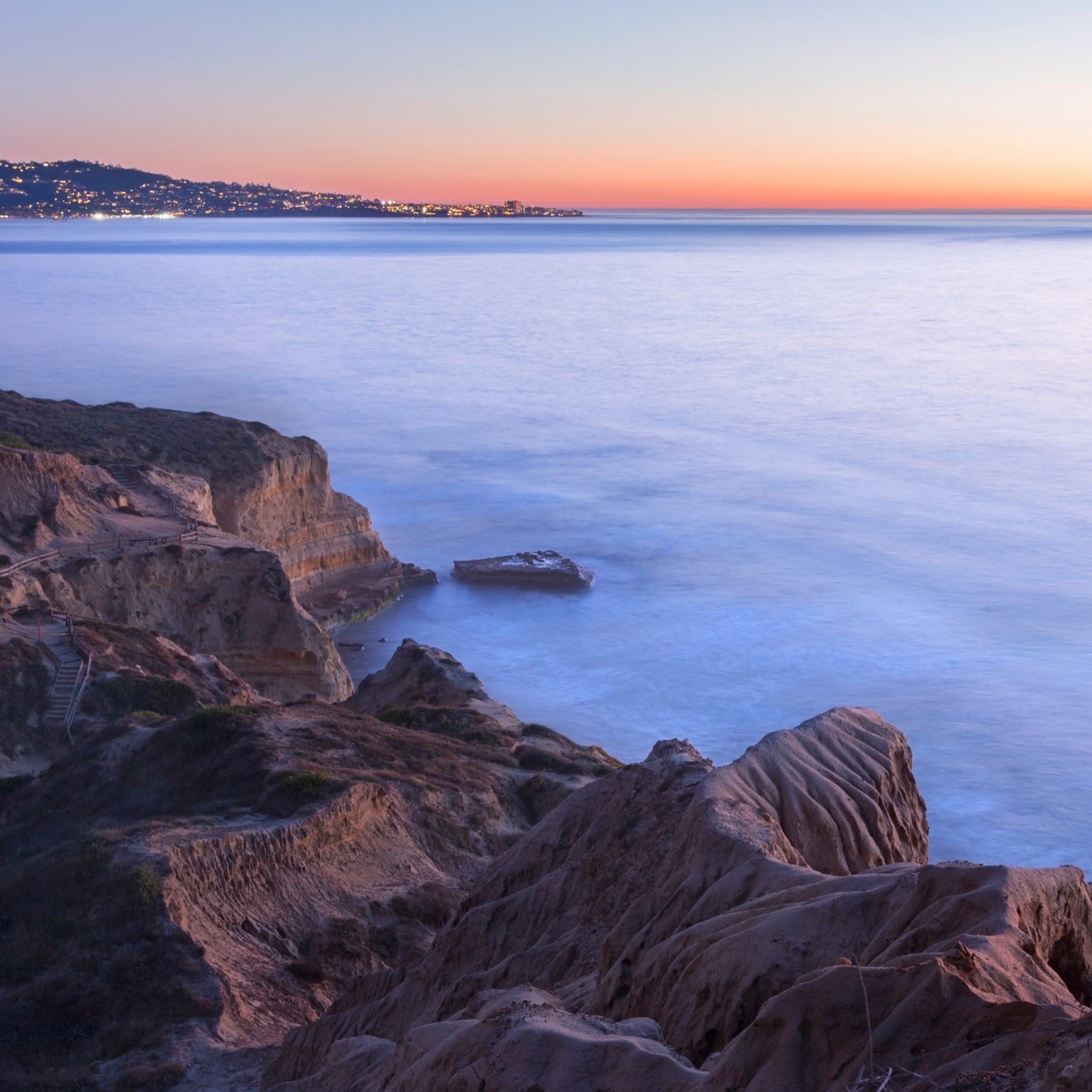In a world full of unpredictable circumstances, there is nothing more refreshing than the consistency mother nature has to offer. We may not be able to predict the future, but in the end, we can rest assured that the sun, moon, and stars will rise and fall in their usual pattern each day and night. As will the tides. When it comes to energy, regularity is an indispensable advantage. After all, solar energy is harnessed most effectively when sunny days are guaranteed, and oil and gas are most reliable when access to fossil fuels is abundant. Unfortunately, neither case is certain.
Access to natural resources is hardly ever set in stone. With a population rising in parallel with energy demand and environmental degradation, the world is in desperate need of reliable, renewable energy resources. Governed by the moon’s gravitational forces, tides represent a unique glimpse into a future where we can rely on the ceaseless and predictable movement of the oceans to generate clean electricity.
Currently, there are several methods of harnessing tidal energy, each with its own characteristics and potential economic, environmental, and social impacts. They include Tidal Stream Systems, Tidal Range Systems (including tidal barrages), and Tidal Lagoons. All three systems offer the chance to create clean energy consistently and predictably. At the same time, the underwater environment necessary for each can be challenging in terms of maintenance and installation, requiring specialized equipment. Yet, despite these similarities, each type has its own unique advantages and disadvantages.
Tidal Range Systems (Including Tidal Barrages)
Tidal range systems generate electricity through a series of dams or barriers strategically placed across tidal estuaries or coastal areas. The barrages trap seawater during high tide and release it through turbines during low tide, spinning the turbines and generating electricity in the process. Their potential to generate significant amounts of electricity makes them suitable for base-load power, and they have even been successful in providing flood protection for coastal areas.
While tidal range systems offer significant prospects for green energy production, they are also associated with expensive infrastructural costs and raise critical environmental concerns. Fish can be injured or killed when passing through turbines. At the same time, the altered water flow can affect the movement and spawning of certain species. Tidal barrages can additionally disrupt the natural transport of sediments along coastlines, reducing water quality and impacting the stability of shorelines and estuaries.
Mitigation measures like fish-friendly turbine designs are being developed to address these issues. It should be taken into account that the specific environmental impacts of tidal range systems vary depending on project design, location, and the implementation of mitigation measures. Environmental impact assessments (EIAs) and comprehensive monitoring programs are essential tools for identifying and addressing potential adverse effects, ensuring that tidal range projects are developed in an environmentally responsible manner. Thankfully, technological advances and best practices continue to evolve to mitigate and reduce these impacts, making tidal energy a more environmentally friendly option for clean energy generation.
Tidal barrages harness the ocean’s energy by trapping and releasing water during tidal changes. As tides rise and fall, they spin the generator’s turbines and produce electricity.
Tidal Stream Systems
A tidal stream system harnesses the kinetic energy of moving water currents caused by tidal flows. The core component of a tidal stream system is an underwater turbine, often referred to as a tidal turbine or tidal stream generator. As the tidal currents flow in and out, the moving water’s kinetic energy causes the turbine blades to rotate. This rotational motion is then converted into electrical energy through a generator, similar to how wind turbines generate electricity from wind.
Tidal stream systems are advantageous because they have a relatively small environmental footprint. Unlike Tidal Range Systems, they do not require the construction of any large, ecologically damaging barriers. They can be installed in various sizes, ranging from individual turbines to arrays. This allows for more scalability and adaptability and can be advantageous when creating ecologically safe designs. Unfortunately, tidal streams must also be installed in areas with strong tidal currents to be effective, limiting deployment locations. Not to mention that these turbines may pose significant risks to marine life if not properly designed and installed.
Tidal Lagoons
Tidal lagoons are carefully designed enclosures, typically located along coastlines. Unlike open tidal stream or range systems, tidal lagoons are enclosed or partially enclosed bodies of water. They control the flow of seawater with sluice gates, allowing for precise regulation of inflow and outflow. They have even been shown to provide opportunities for tourism, aquaculture, and recreational activities.
Tidal lagoons are special due to their lower environmental impact. This is mainly because tidal lagoons can operate efficiently in areas with lower tidal flow speeds, offering flexibility in location. They also tend to have lower installation costs compared to some tidal stream systems, simplifying their deployment. However, challenges remain; suitable sites for tidal lagoons must have the right tidal conditions and geography.
Want to learn more about energy resources and the amazing energy technology and careers available today? Visit Smart Energy Education and don’t forget to follow us on Facebook!


